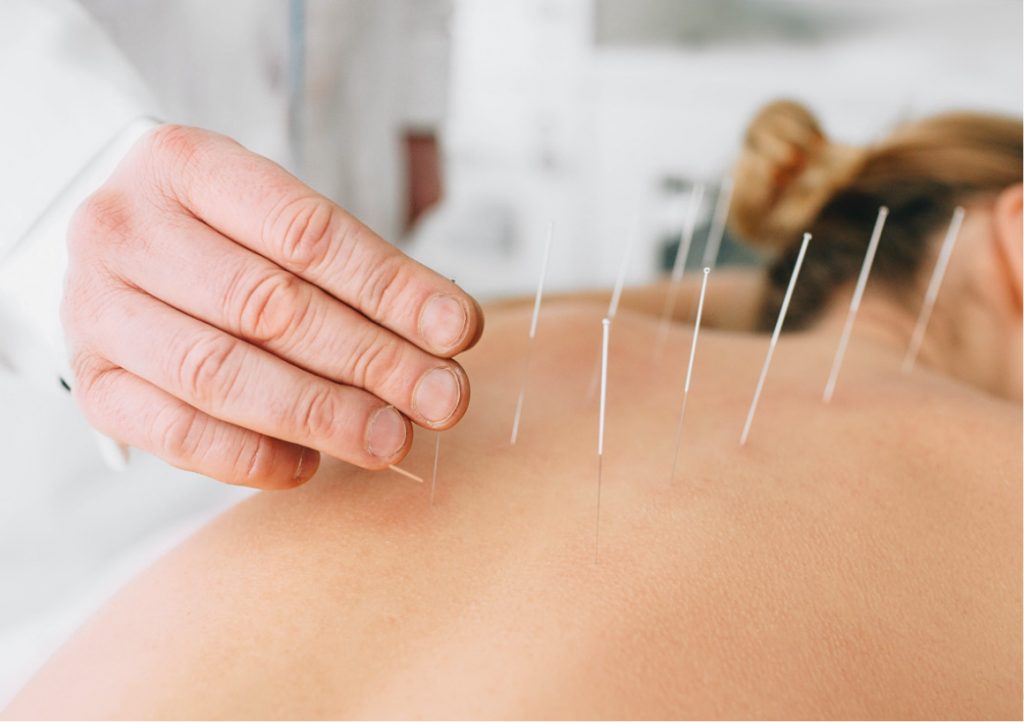Exploring the World of Dry Needling: Benefits and Science Behind It
When it comes to alternative therapies for pain relief and improved muscle function, you may have heard about dry needling. This technique has gained popularity in recent years, and many people swear by its effectiveness. In this blog post, we’ll dive into what dry needling is, its apparent benefits, and the science behind it.
What is Dry Needling?
Dry needling is a therapeutic procedure used by trained healthcare professionals, such as physical therapists, to treat a variety of musculoskeletal issues. It involves inserting thin, solid needles (similar to acupuncture needles) into specific trigger points or knots in muscles. The term “dry” in dry needling distinguishes it from traditional needling methods that use injectable substances.
The Apparent Benefits of Dry Needling
- Pain Relief: Dry needling can help alleviate both acute and chronic pain conditions. By targeting trigger points in muscles, it can release tension and reduce pain. This makes it a valuable option for individuals suffering from conditions like lower back pain, headaches, and sports-related injuries.
- Improved Muscle Function: When muscles are tight or knotted, they can lead to reduced range of motion and functional limitations. Dry needling can help relax these muscles, leading to improved flexibility, movement, and overall muscle function.
- Faster Recovery: Athletes often turn to dry needling as a part of their recovery regimen. It can accelerate the healing process by promoting blood flow and reducing inflammation in injured muscles.
- Complementary to Other Therapies: Dry needling can be used in conjunction with other therapies, such as physical therapy or chiropractic care, to enhance their effectiveness.
The Science Behind Dry Needling
The exact mechanisms behind dry needling are still a subject of ongoing research, but some plausible explanations include:
- Trigger Point Release: The insertion of needles into trigger points is thought to stimulate a twitch response, causing the muscle to contract and then relax. This action may help to release tension and reduce pain.
- Blood Flow and Healing: The needles may also increase blood flow to the targeted area, bringing nutrients and oxygen, while removing waste products. This enhanced circulation can promote healing.
- Neuromuscular Effects: Dry needling may have effects on the nervous system, influencing pain perception and muscle control.
It’s important to note that dry needling should only be performed by trained and licensed professionals. Patients may experience some discomfort during the procedure, but it is generally well-tolerated.
In conclusion, dry needling is a promising technique for pain relief and improved muscle function. While more research is needed to fully understand its mechanisms, many individuals have found relief and benefit from this therapy. If you’re considering dry needling, consult with a qualified healthcare provider to discuss whether it’s the right option for your specific needs.
Please consult a healthcare professional for advice tailored to your specific situation before considering dry needling or any other medical treatment.

